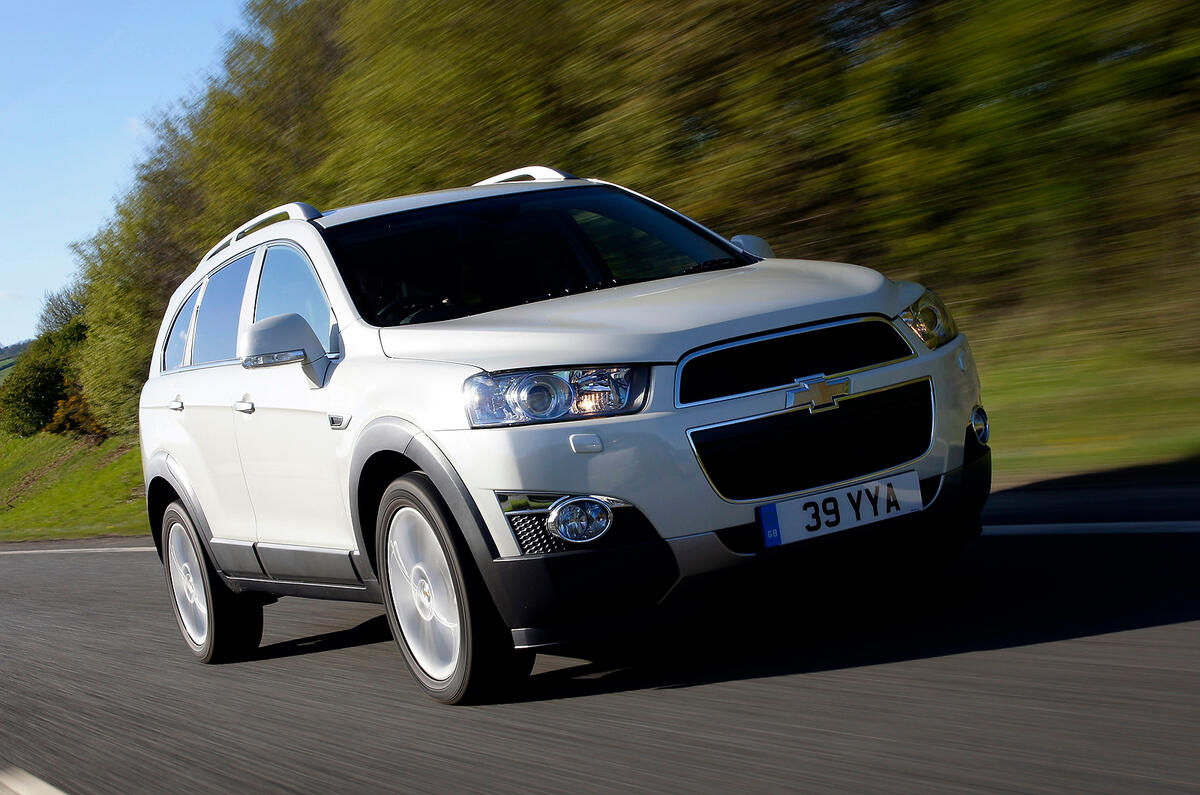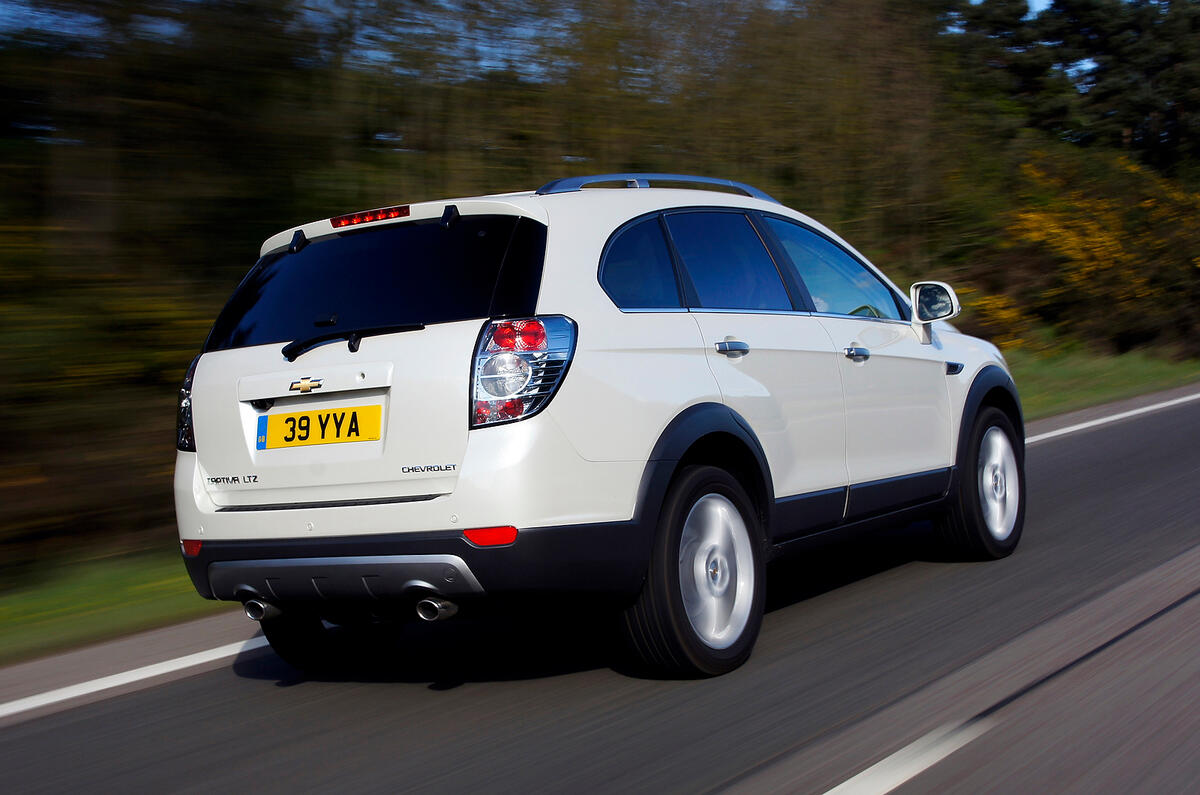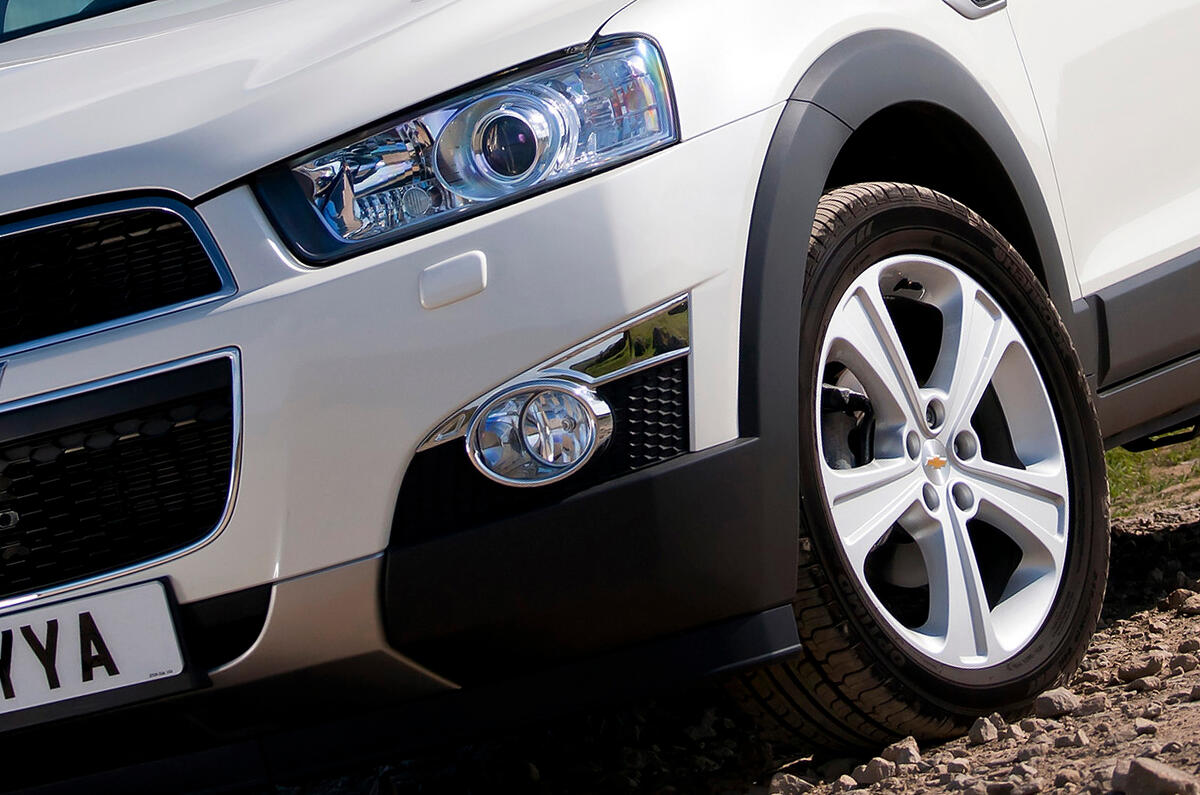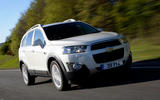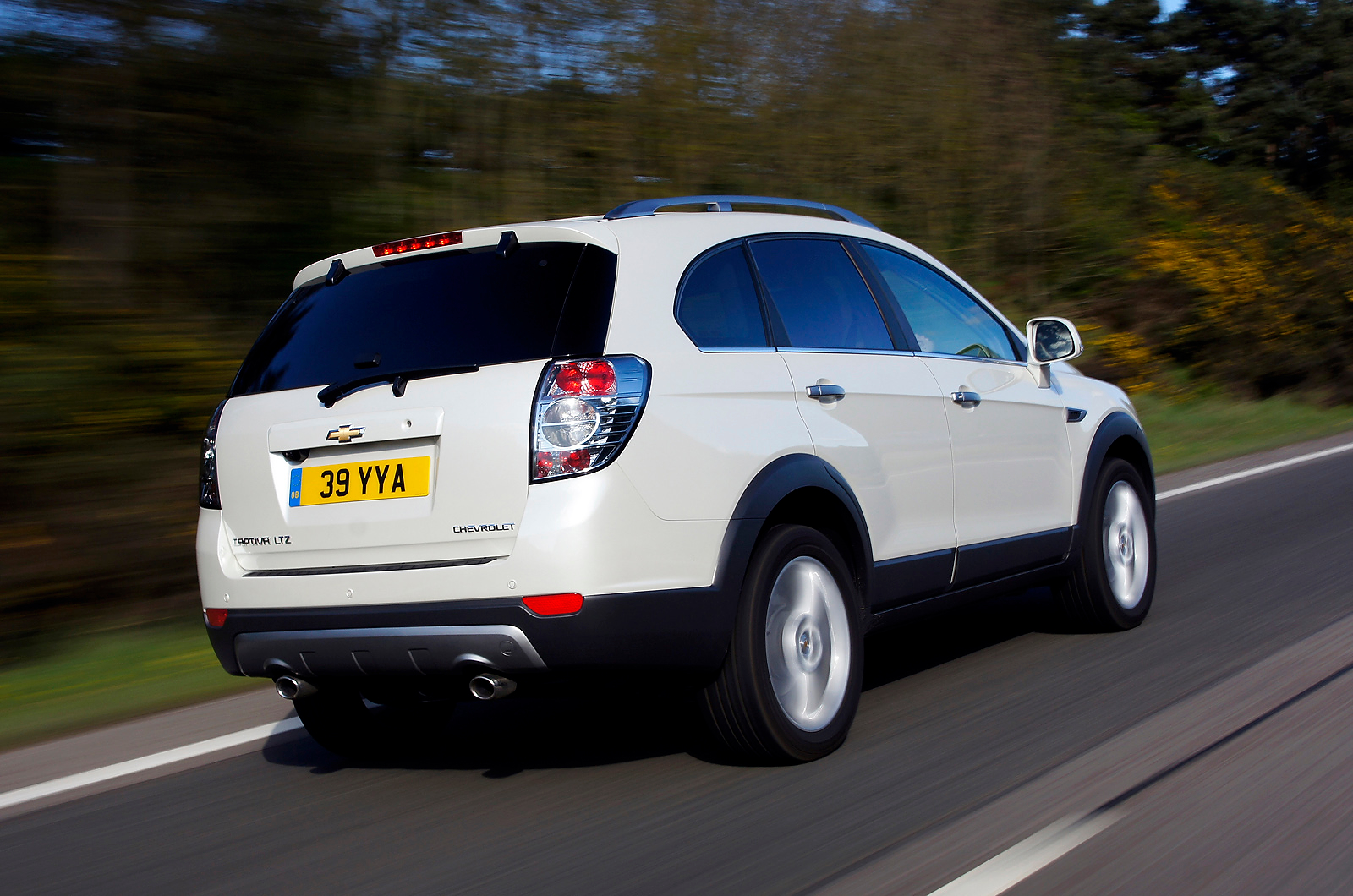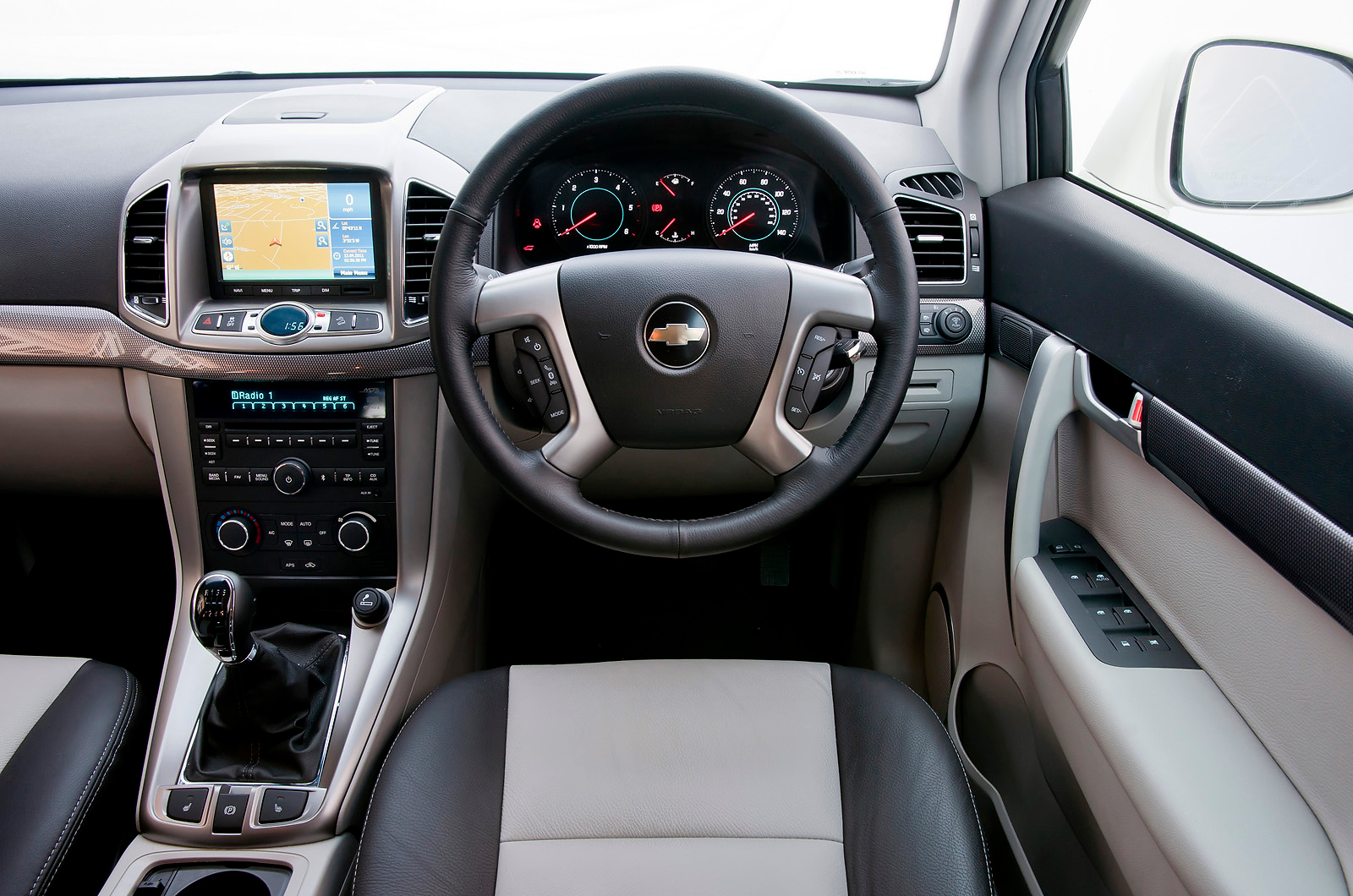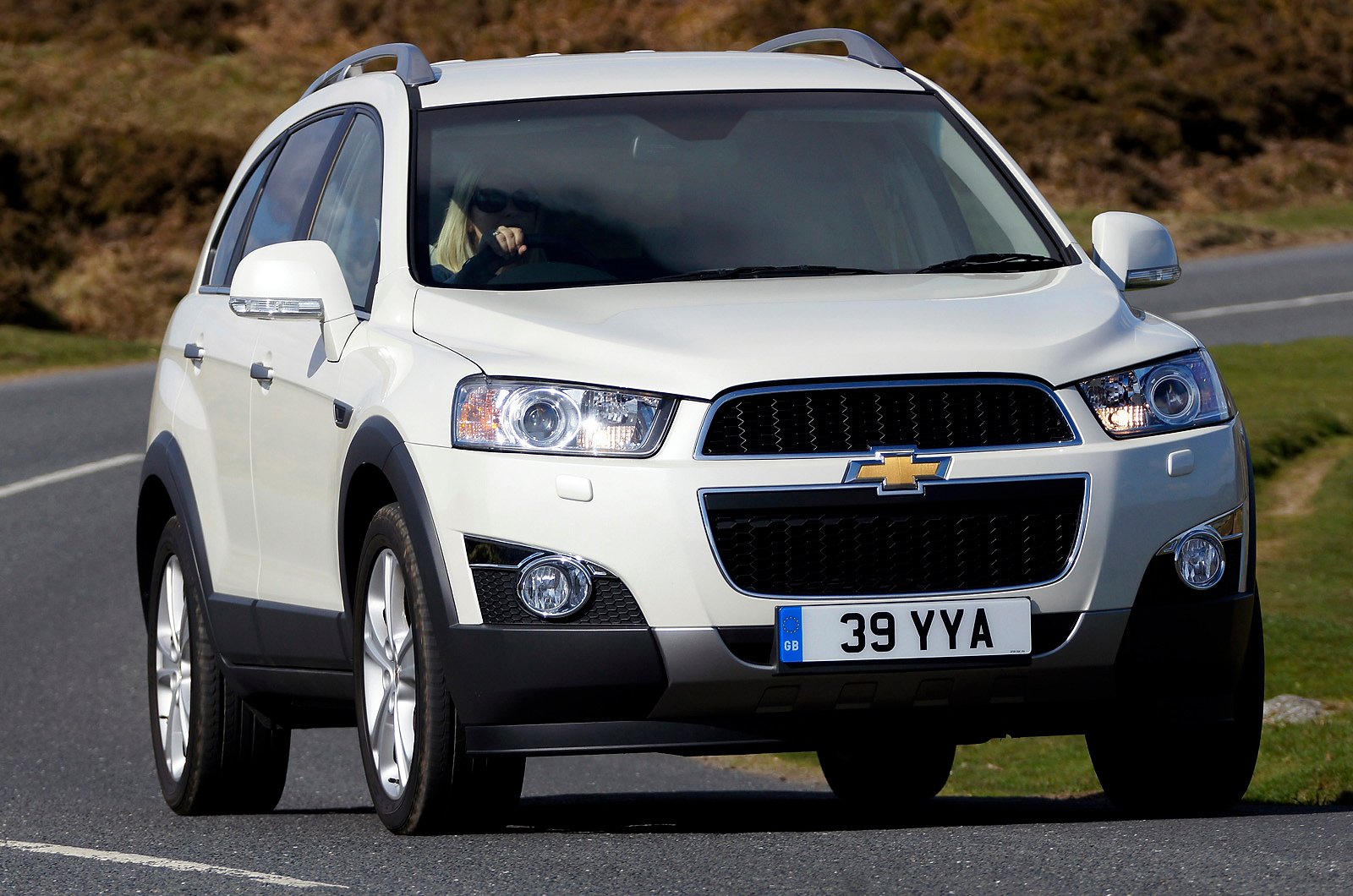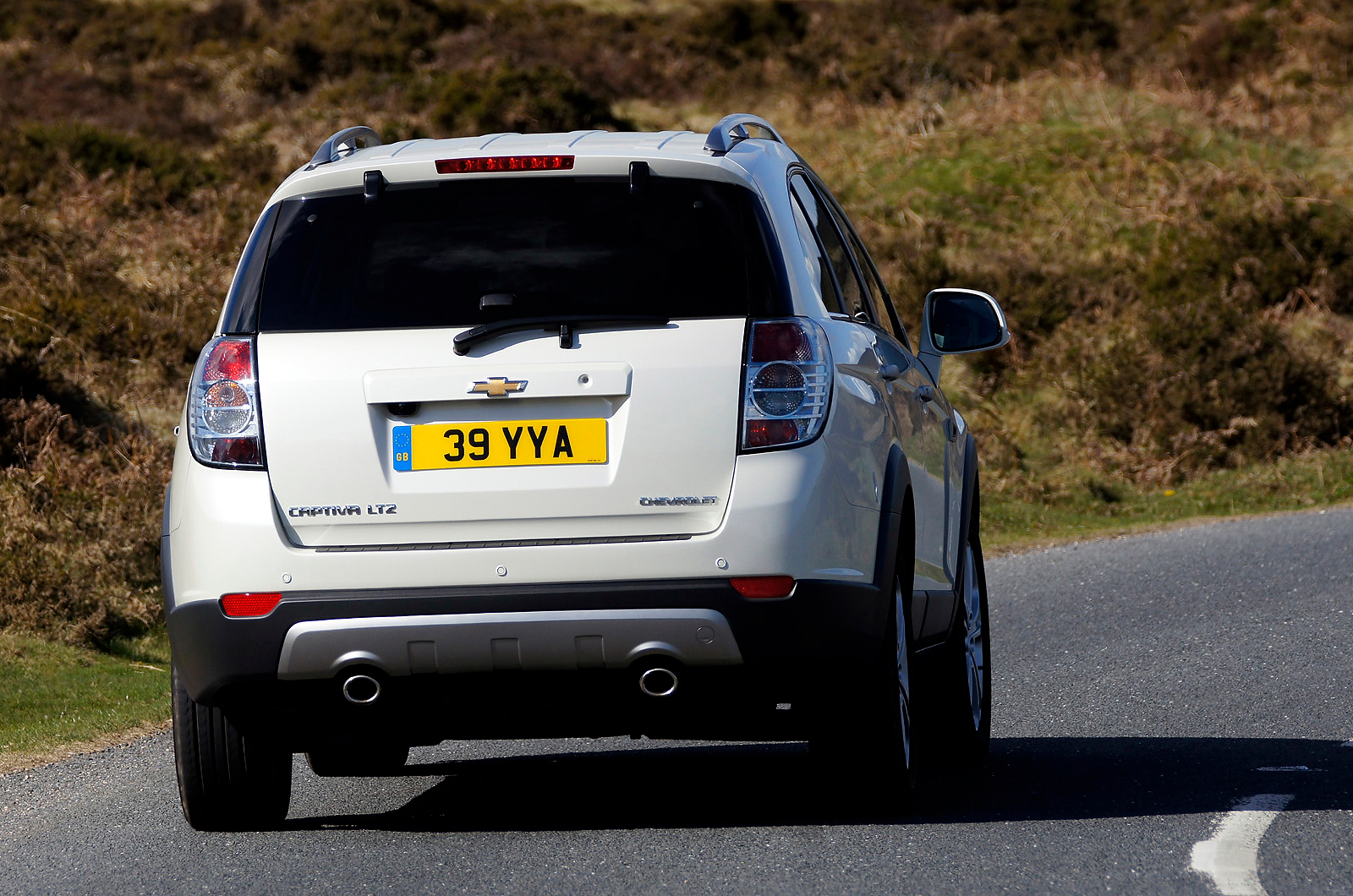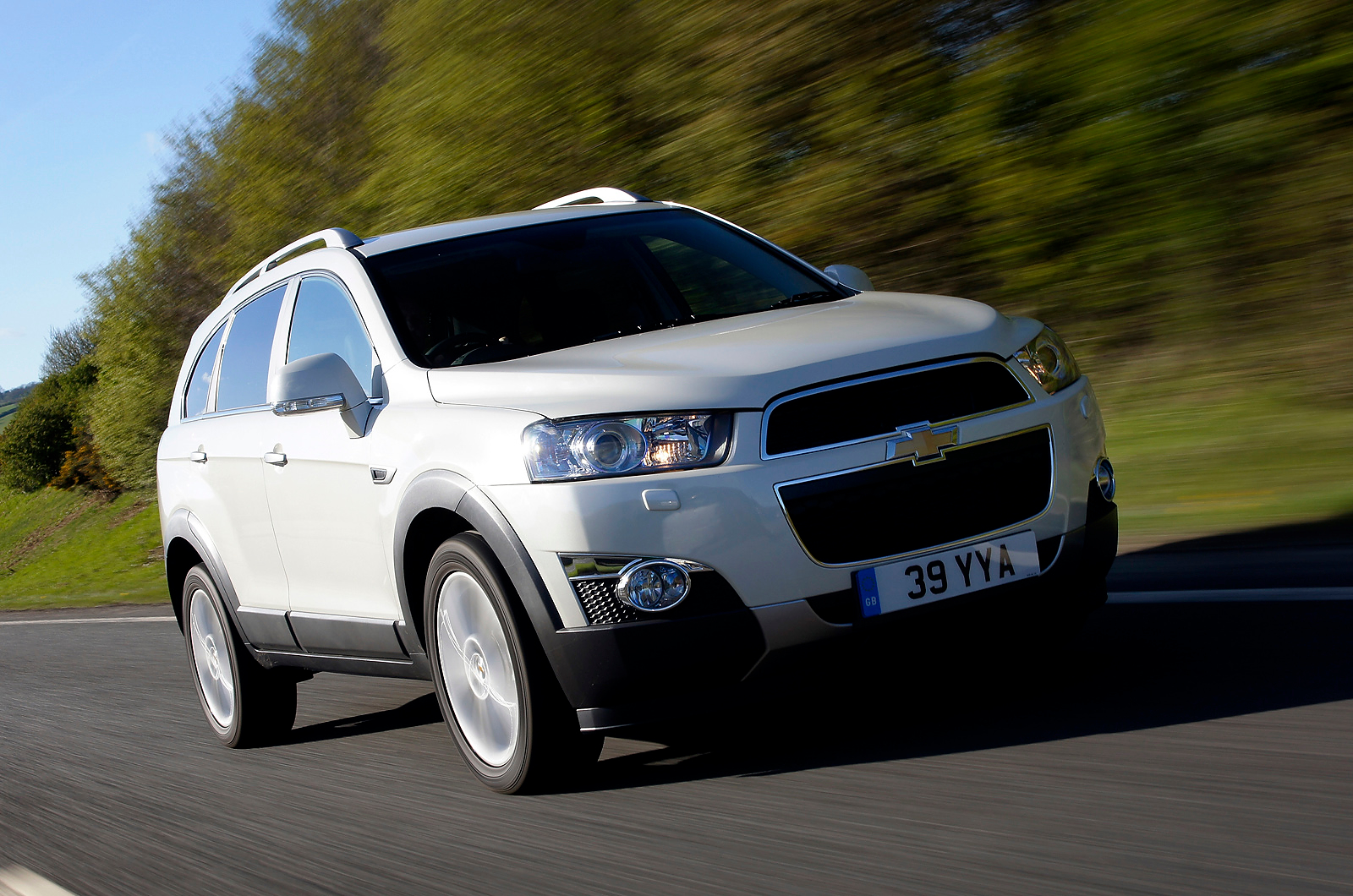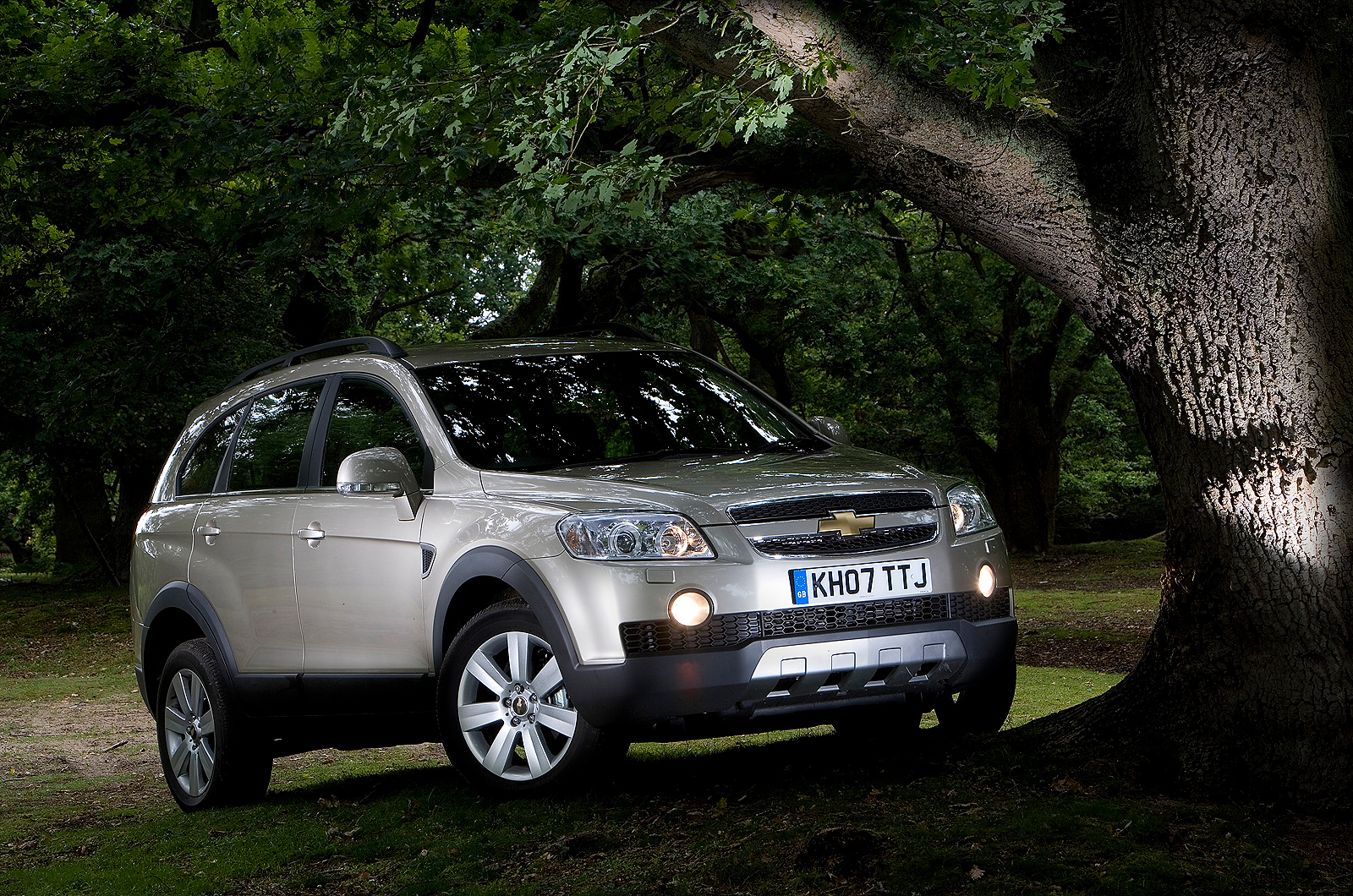“The strength and space of a sports utility vehicle. The style and practicality of a family car. The Captiva is a unique mix of both…”
So claims the marketing campaign for Chevrolet’s Captiva, which is built on the same production line in Korea as the Vauxhall Antara. Chevrolet as a brand is beginning to work quite well in the UK, crafting itself a niche for well made, good-value-for-money products that have more than a whiff of originality to their styling.
The Captiva was designed entirely in-house at GM Korea’s Design Centre in Incheon, and the team was led by 35-year-old American Max Wolf. It first saw the light of day as the S3X concept and was unveiled at the 2004 Paris motor show.
Since then, however, the car’s styling has been refined at various GM studios around the world, including the Opel HQ at Russelsheim in Germany. That’s where the process to turn a Captiva into an Antara visually was perfected.
The Captiva might not entirely hit the target when it comes to VFM. The top-of-the-range LTZ 2.2-litre diesel auto, for example, is right at the limits of where a conventionally powered (ie non-Volt) Chevrolet can go on price, at over £30k. But it’s certainly good looking. Question is, does it give as good as it looks?



